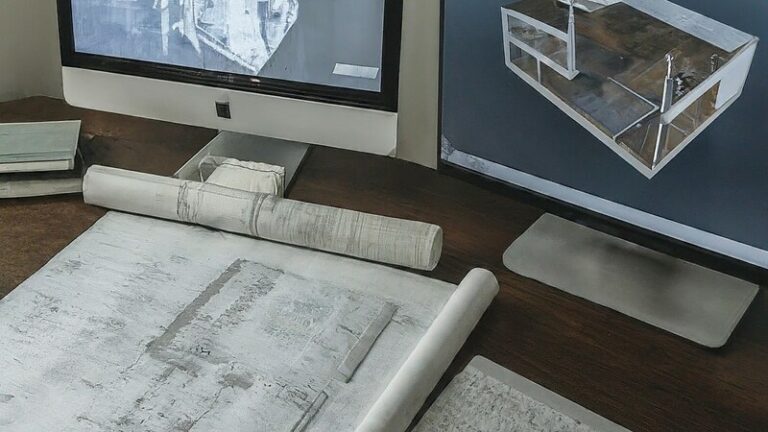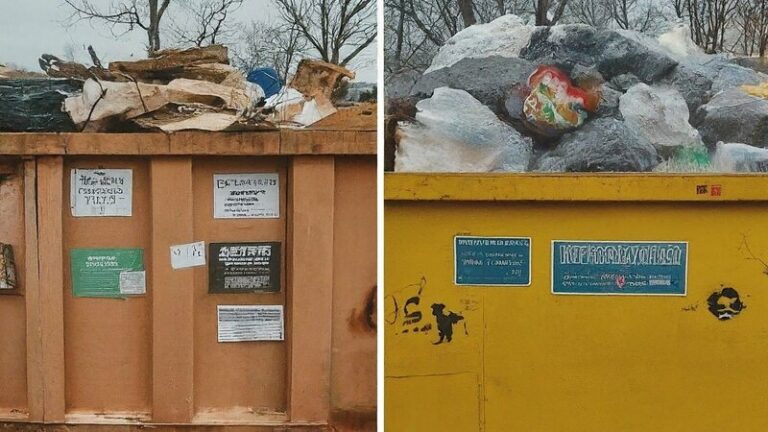Construction estimating data is a valuable commodity that can help you save time and money on your next project. By understanding how elements were priced in past projects, you can avoid potential errors and make informed decisions about future projects. But construction data is only useful if you know how to collect it and leverage it effectively. In this blog post, we will explore how to leverage your construction project data for future projects. We will also provide some tips on what data to collect and how to use it to improve your chances of success.
The Importance of Data in Construction Projects
Construction projects are data-driven. This means that the success of a construction project depends on the data that is collected and managed throughout the project lifecycle.
Data helps construction professionals to plan, build, and operate projects more efficiently and effectively. It also provides valuable insights that can be used to improve future projects.
There are many different types of estimating data that can be collected and used in construction projects. Some of the most important data points include: schedules, costs, risks, cladding method and method of construction.
Analyzing your previous project’s data
When you’re bidding on new construction projects, it’s important to leverage the data from your previous projects to improve your chances of winning. By analyzing your past projects’ data, you can identify patterns and trends that will help you make more informed decisions about future projects.
Here are some things to look for when analyzing your previous projects’ data:
- Bidding Prices Analytics – when choosing a few projects to compare between, you would first want to compare work types such as earthworks, cast concrete works on site, pre-concrete products, construction work, sealing works, carpentry and frames, sanitation facilities, electrical, and more.
- Project Comparison Analytics – It’s important to be able to compare between projects, in order to understand and visualize the differences between the types of projects, the methods of construction, the standard of the construction, and the cladding methods that were used.
- Contractor invites – important to be able to follow up and analyze contractor invites to understand which work types are close to the work deadline, their costs, their project managers and so on.
- Contractor Analytics – is important to be able to analyze all the bid invites that were sent to all subcontractors and suppliers and analyze which ones have hired their responsiveness,pricing score and a general score so that you can use this to understand which contractors and suppliers you should work with in future projects.
Budget control during the tender phase
When it comes to construction projects, one of the most important phases is the tender phase. This is when contractors submit their bids and proposals for the project. The budget for the project is set during this phase, and it is important to have a good handle on the budget during this time.
There are a few things that can be done to help control the budget during the tender phase.
First, it is important to have a clear understanding of what the project entails. The better you understand the scope of work, the better you will be able to control costs. It is also important to get multiple bids from different contractors. This will give you a good idea of what the market rates are for the work that needs to be done.
Finally, it is also helpful to use construction project data from previous projects to help predict costs for the current project. This data can be used to create a cost model that can be used to compare bids from different contractors. By using data from previous projects, you can get a better understanding of what things will cost and how to negotiate with contractors.
The impact of finding an error in your bill of quantity
When it comes to construction projects, one of the most important things is accuracy. This is why it can be such a big deal when an error is found in your bill of quantity (BOQ). The impact of finding an error in your BOQ can be far-reaching, from delaying the project to costing you money.
One of the biggest impacts of finding an error in your BOQ is that it can delay the project. This is because the BOQ is used to determine the materials and resources needed for the project. If there are errors in the BOQ, it can throw off the entire project schedule. In some cases, this can even lead to construction delays.
Another big impact of finding an error in your BOQ is that it can cost you money. This is because if the BOQ is inaccurate, you may end up ordering too much or too little of something. This can lead to wasted materials and resources, which will end up costing you money in the long run.
So, in order to prevent it from happening again in future projects, you need to use a builders estimating software that has the capabilities to show you when you overpriced or mispriced an item.
Using Data to Improve Future Projects
As construction projects become more complex, the data generated by those projects becomes more valuable. By leveraging data from past projects, construction managers can improve the planning and execution of future projects.
Data can be used to improve all aspects of future projects, from the initial feasibility study to the final punch list. In the feasibility stage, data can be used to identify potential problems and risks early on. In the planning stage, data can be used to generate more accurate schedules and budgets. And during execution, data can be used to track progress and keep the project on schedule.
But collecting and analyzing data is only half the battle. The real key is using that data to drive decision-making on future projects. By constantly improving your process for collecting and analyzing data, you can make sure that your team is always making informed decisions that lead to successful construction projects.
Case Study
A ConWize customer recently found that one of the prices in their bill of quantity was too high. They used the search function to find similar rows and discovered an error that saved them $35,000. This is a great example of how the search function can be used to quickly and easily find errors or discrepancies.
Conclusion
There is a lot of data generated during the course of construction projects. Leveraging this data can help you save time and money on future projects. By analyzing past projects, you can identify potential problems and come up with solutions to avoid them. You can also use this data to develop more accurate cost estimates and schedules for future projects. Making the most of your construction data can help you improve the efficiency of your operations and deliver better results to your clients. If you haven’t been doing so already, now is the time to start leveraging your data for future projects by using a smart construction cost estimating software.















